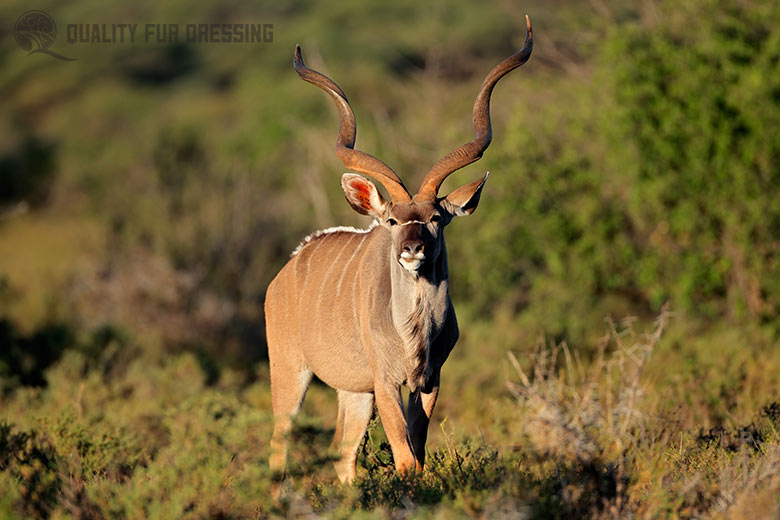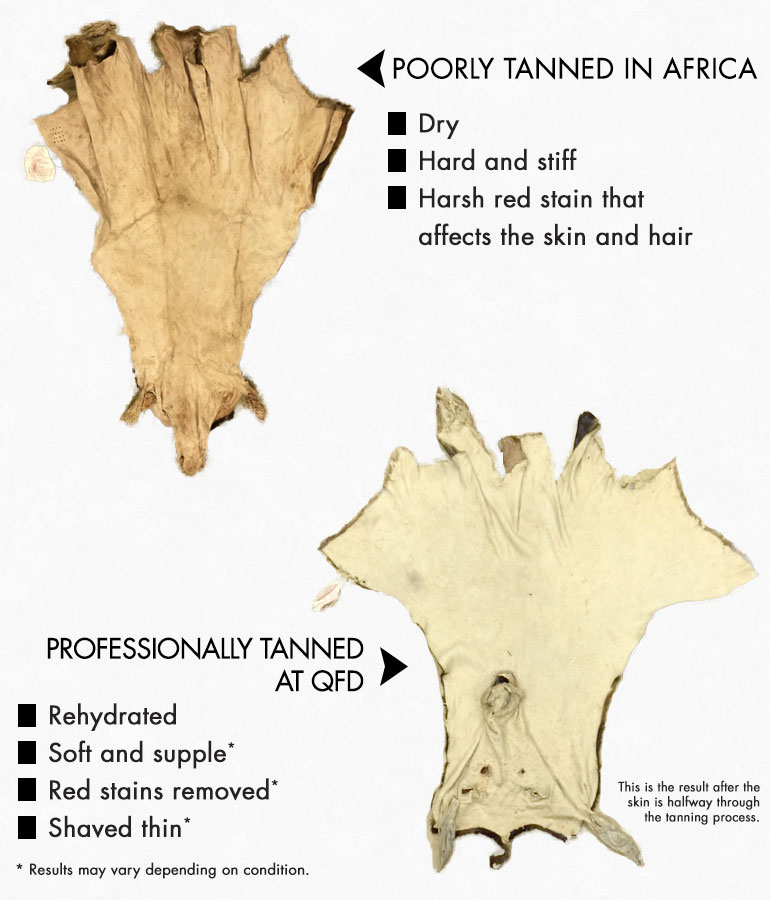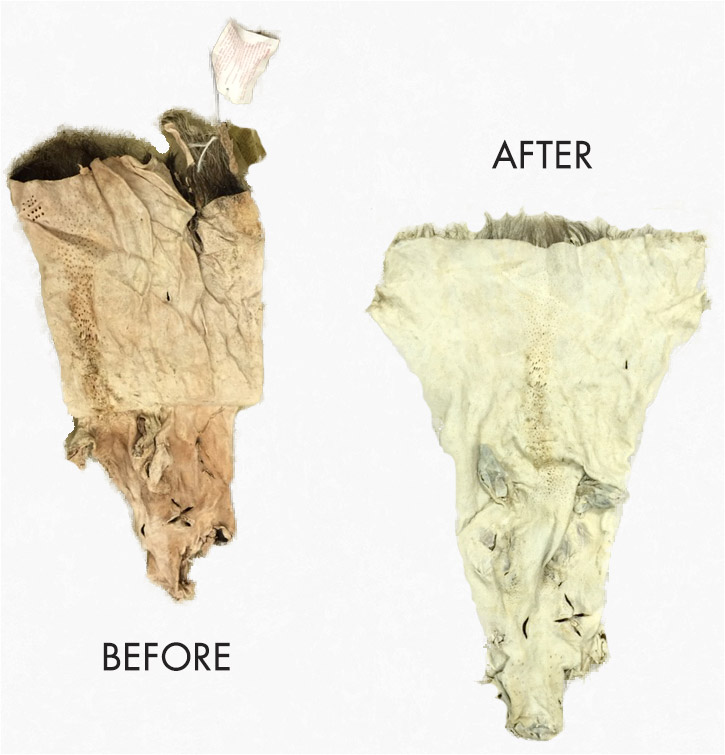Have you ever contemplated leaving your safari in Africa to be tanned?
You might think twice!
You might think twice before making that decision. This idea might sound great at the time, but it could be a huge mistake.
After a tremendous hunt and taking many of the animal species you were seeking, it’s now time to make some critical decisions about your trophies.
- Should you have your safari tanned and/or mounted in Africa?
- If not, where do you have it shipped in the United States?
- Should you clear the safari yourself once it arrives in your country?
- Do you need to use a broker?
These are only a few of the questions that require immediate answers.
I’m sure many of the tanneries in Africa are not much different than tanneries in the United States, but there are exceptions. If a problem or question arises during the processing of your African safari, it will be very difficult to resolve if your skins are being tanned in Africa. This is especially true if your taxidermist is located in the United States.
Inferior tanning process
One issue that happens more often than not is the skins processed in Africa are often too thick to show the finer details such as veins and muscles once they are mounted. This is because the tanning process used in Africa is not suitable for the taxidermy trade.
Less stretch, smaller trophy
The tanning chemicals used in Africa often result in a finished skin with very little to no stretch or flexibility. This makes it necessary for the animal to be mounted on a much smaller manikin than expected. This in turn can cause the horns to be disproportionate to the body.
Staining and discoloration
Another possible problem when your safari is tanned in Africa, the skin or hair color may be returned with a reddish stain. I have witnessed many times when taxidermists will send skins to a tannery in the U.S. for re-tanning due to this problem. If only the skin is stained, the taxidermist can cover the red color with natural colored paint. Unfortunately, nothing can be done to restore your trophy if the hair has been stained red.
Shipping and costs
Since the skins will weigh less after tanning, many hunters believe they will be saving money on freight by having their safari tanned in Africa before shipping back to the U.S. While this is true about the shipping costs, especially for long distance shipments, the money saved on shipping often results in the skins having to be re-tanned when they arrive in the United States. When this is necessary, the cost can end up being higher than if the safari was originally tanned in the United States. Sometimes what seems to be a good idea at the time winds up not being such a good idea after all.
Shipping damage
Because of the distance and time involved, there is a greater likelihood trophies will be damaged in transit to their final destination.
Decision time
So do yourself a favor. The next time you go on an African Safari, ship your trophies back to your favorite tannery in the U.S for processing. You will be glad you did!




[…] like everything else in life, all tanneries are not created equal. Some of them will tan every species on earth, and produce a product with […]